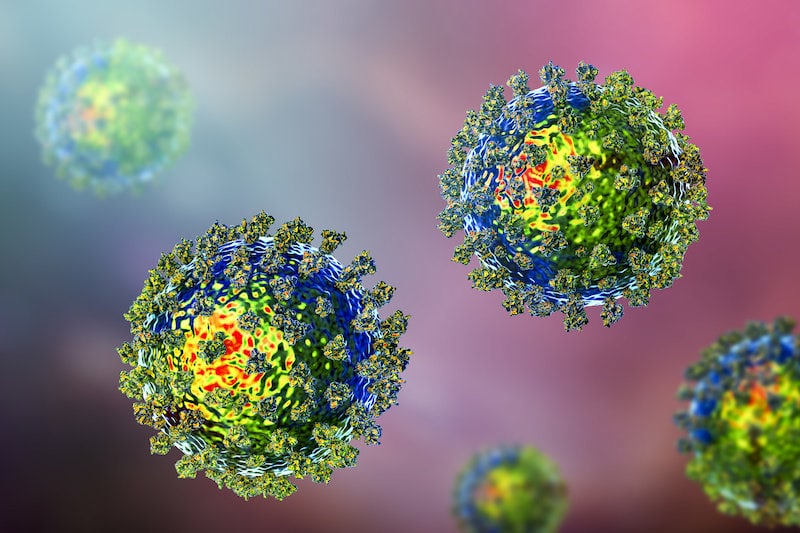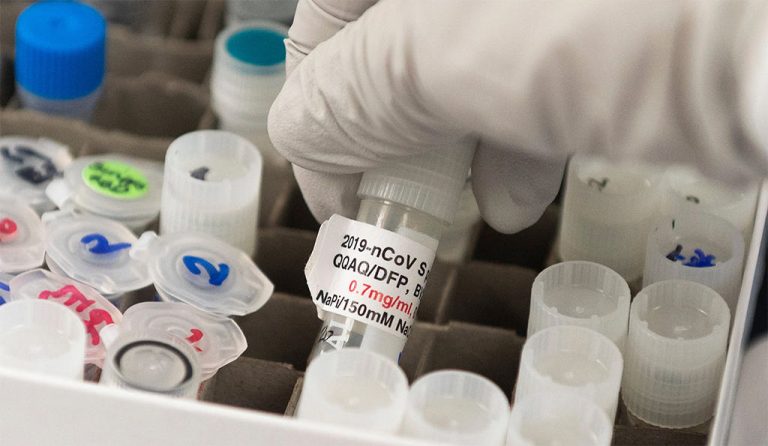As we approach four months since the start of the coronavirus (COVID-19) pandemic, many Biotechnology companies are quickly moving towards clinical trial phase of several vaccines and treatments.
Biotechnology company news
At the start of this month (April 2020) Novavax, a Maryland-based biotech company, said it would begin human trials in Australia in mid-May for its vaccine candidate. However, Novavax is only one of more than 25 companies that have announced various vaccine research and potential treatments with accelerated schedules, and early stages of testing unlike we have ever seen before.
Novavax confirmed it will begin human trials in Australia from mid-May for its vaccine which has stimulated a powerful immune response in lab and animal experiments, producing antibodies that could fight off the coronavirus.
Under normal circumstances such vaccines can take years, even decades. However, given the severity and unprecedented rates at which SARS-CoV-2 Coronavirus (COVID-19) spreads, pharmaceutical companies are racing to compress this timeline.

Coronavirus Vaccine Clinical Trials
On 6th April 2020, the New York Times reported
A vaccine made by the biotech company Moderna is already in a clinical trial, which started March 15. Another one, developed by Inovio Pharmaceuticals, was injected into the first adult volunteers on Monday. The health care giant Johnson & Johnson expects to start clinical trials in September, and has received a nearly $500 million partnership via a division of the U.S. Department of Health and Human Services. And experimental vaccines developed by researchers at the University of Pittsburgh and Baylor College of Medicine in Houston are also waiting for permission from the Food and Drug Administration to begin testing in people.
New York Times
Moderna, Inc. is a Cambridge, Massachusetts-based Biotechnology company that is focused on drug discovery and drug development based on messenger RNA. Moderna Inc creates synthetic mRNA that can be injected into patients to help them create their own therapies.
Their work on a Coronavirus (COVID-19) vaccine is called mRNA-1273. It was developed by NIAID scientists in collaboration with Moderna Inc. The Coalition for Epidemic Preparedness Innovations (CEPI) supported the manufacturing of this vaccine candidate for the Phase 1 clinical trial.
“Finding a safe and effective vaccine to prevent infection with SARS-CoV-2 is an urgent public health priority,” said NIAID Director Anthony S. Fauci, M.D. “This Phase 1 study, launched in record speed, is an important first step toward achieving that goal.”
Source: https://www.niaid.nih.gov/news-events/nih-clinical-trial-investigational-vaccine-covid-19-begins
These companies must also be prepared for the possibility that some candidates will fizzle out or that demand for a vaccine will decrease by the time one is ready for widespread use. Remember some vaccines have taken over 10 years to reach the stage of widespread approval and distribution. While this is always a possibility, pharmaceutical companies are not waiting for this to happen.
Dr. Peter Hotez, the co-director of Texas Children’s Hospital Center for Vaccine Development at Baylor College of Medicine said, “the virus is racing through crowded urban areas and slums in certain countries,” Dr. Hotez said. “How do you do social distancing in those places? You don’t.”
“We are building out a road map for how we work as a country for the next two or three years,” he continued. “That’s roughly the time frame that we saw for the 1918 flu pandemic and that’s probably likely for Covid-19.” Source: https://www.nytimes.com/2020/04/08/health/coronavirus-vaccines.html





